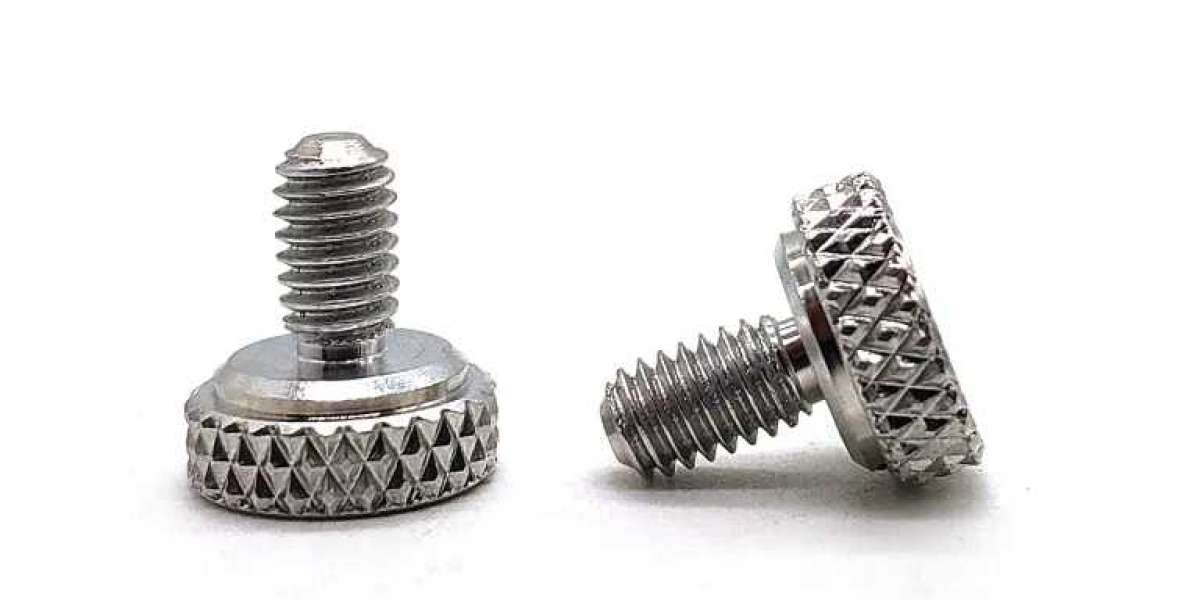The automotive industry has undergone significant transformations over the years, driven by advances in technology, changing consumer preferences, and increasingly stringent regulatory requirements. One crucial component that has played a vital role in this evolution is the humble fastener. From simple nuts and bolts to sophisticated self-tightening screws, automotive fasteners have come a long way, adapting to the industry's shifting needs. In this article, we will explore the trends and innovations shaping the automotive fastener industry, highlighting the key developments that are driving growth and efficiency.
The Rise of Lightweight Materials
In recent years, the automotive industry has witnessed a significant shift towards lightweight materials, driven by the need to reduce fuel consumption and lower emissions. This trend has had a profound impact on the fastener industry, with manufacturers developing innovative products that can effectively join and secure these new materials. For instance, the use of aluminum and carbon fiber in vehicle construction has led to the development of specialized fasteners that can withstand the unique demands of these materials. These fasteners are designed to provide high strength-to-weight ratios, ensuring that they can effectively secure lightweight components without compromising vehicle safety.
Advances in Coating Technologies
Corrosion resistance has long been a critical concern in the automotive fastener industry, particularly in harsh environments where exposure to moisture, salt, and other corrosive substances can compromise fastener integrity. In response, manufacturers have developed advanced coating technologies that provide enhanced protection against corrosion. These coatings, such as zinc-nickel and zinc-tin, offer improved durability and resistance to corrosion, ensuring that fasteners remain secure and functional over the vehicle's lifespan. Additionally, these coatings can also reduce friction, making it easier to assemble and disassemble components.
The Emergence of Self-Tightening Fasteners
One of the most significant innovations in the automotive fastener industry is the development of self-tightening fasteners. These fasteners, also known as self-clinching or self-locking fasteners, are designed to automatically tighten and secure themselves in place, eliminating the need for additional locking mechanisms. This technology has revolutionized the assembly process, reducing production time and improving vehicle quality. Self-tightening fasteners are particularly useful in applications where access is limited or where high vibration levels can cause traditional fasteners to loosen over time.
Increased Focus on Sustainability
As the automotive industry continues to grapple with environmental concerns, the fastener industry is also shifting its focus towards sustainability. Manufacturers are developing eco-friendly fasteners made from recycled materials, reducing waste and minimizing the environmental impact of production. Additionally, some companies are exploring the use of biodegradable materials, such as plant-based polymers, to create fasteners that can easily decompose at the end of their life cycle. This emphasis on sustainability is not only beneficial for the environment but also helps manufacturers reduce their carbon footprint and comply with increasingly stringent regulations.
The Role of 3D Printing
The advent of 3D printing technology has opened up new possibilities for the automotive fastener industry. By enabling the rapid production of complex geometries and customized components, 3D printing is allowing manufacturers to create innovative fasteners that cannot be produced using traditional methods. This technology is particularly useful for producing small batches or one-off components, reducing production costs and lead times. Furthermore, 3D printing can also help manufacturers create fasteners with optimized structures and geometries, leading to improved performance and reduced material usage.
Conclusion
The evolution of automotive fasteners has been marked by significant advancements in technology, materials, and manufacturing processes. From the development of lightweight materials and advanced coating technologies to the emergence of self-tightening fasteners and sustainable materials, the industry has adapted to the changing needs of the automotive sector. As the industry continues to innovate and push the boundaries of what is possible, we can expect to see even more exciting developments in the world of automotive fasteners. Whether it's through the adoption of 3D printing, the use of eco-friendly materials, or the creation of sophisticated self-tightening fasteners, the future of the automotive fastener industry looks bright, promising improved efficiency, reduced costs, and enhanced vehicle performance.








